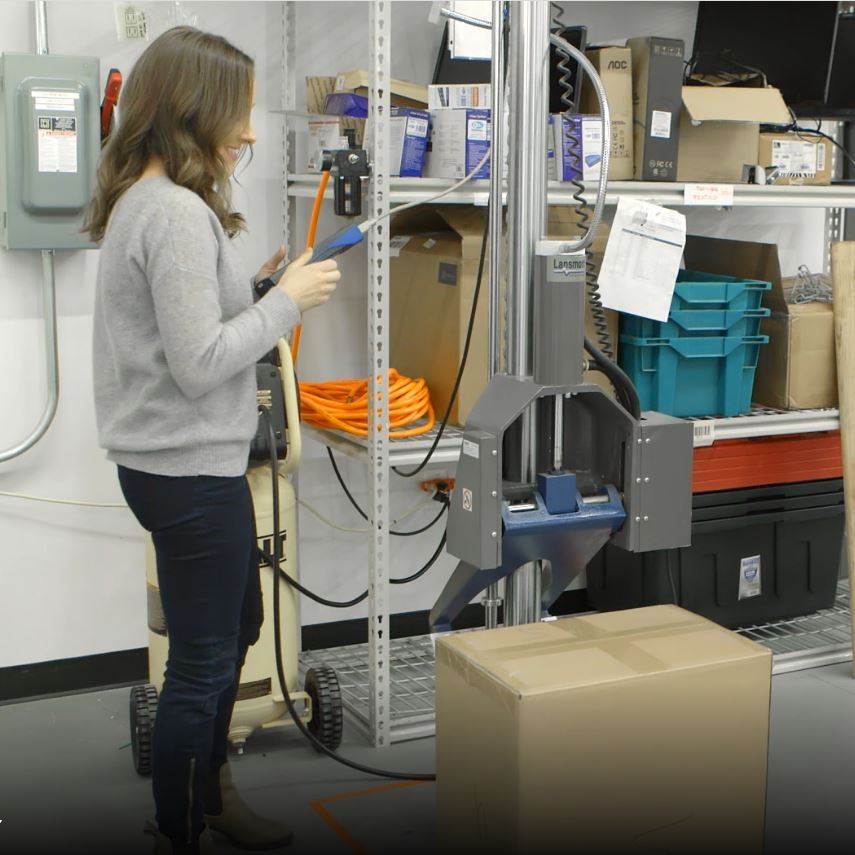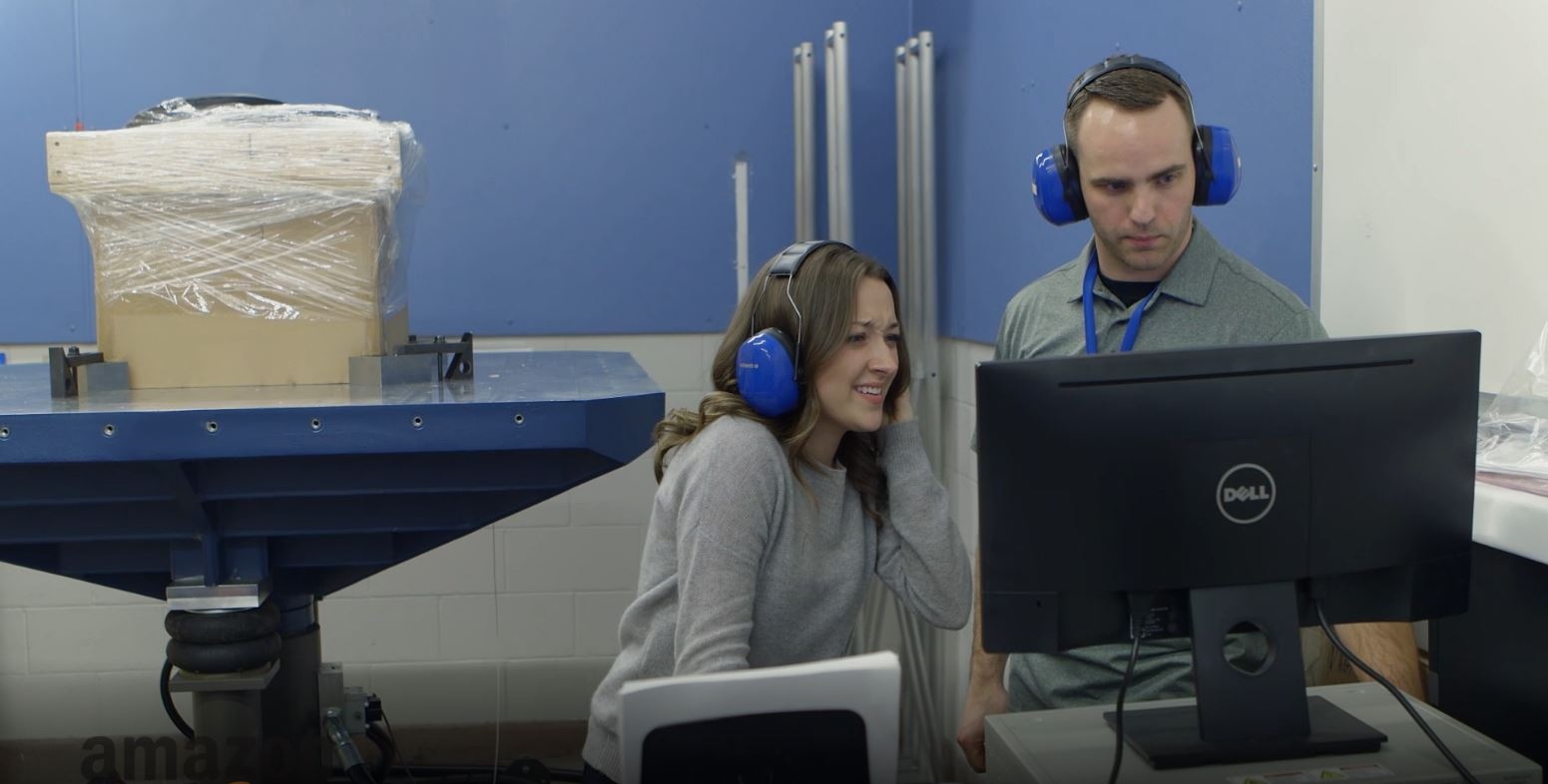News Items - International Association of Packaging Research Institutes
| Safe and Sustainable Packaging for E-Commerce The current worldwide boom in e-commerce could – and probably should – be followed by a surge in package performance testing and sustainable design. According to the UN, the share of global trade channelled via e-commerce increased from 14% in 2019 to 17% just one year later. But in many countries and retail sectors these figures do not tell the whole story. Virginia Tech, for example, quotes US Census Bureau data indicating a national increase in e-commerce sales of at least 30% in the second quarter of 2020, just as overall retail sales fell by over 3.5%. Many forecast that, far from receding again with the pandemic, this larger share will only continue to grow. There appears to be less data about how much package testing goes on in this booming sector. However, some experts believe that the proportion of e-commerce packs that are tested may, even now, sit at below 20%.  As is well-known, the International Safe Transit Association (ISTA) worked with Amazon over five years ago to develop the 6-Amazon.com-SIOC performance test. At the time, says ISTA VP standards and certification Eric Hiser, several online retailers were approached, but Amazon was the only one that wanted to participate. As is well-known, the International Safe Transit Association (ISTA) worked with Amazon over five years ago to develop the 6-Amazon.com-SIOC performance test. At the time, says ISTA VP standards and certification Eric Hiser, several online retailers were approached, but Amazon was the only one that wanted to participate. More recently, ISTA knocked on the door of the same businesses for a second time. “This time, multiple retailers said, ‘Come on in’,” Hiser reports, adding that in part at least this change could be explained by the track record and good basis for further development that the Amazon test demonstrated. More recently, ISTA knocked on the door of the same businesses for a second time. “This time, multiple retailers said, ‘Come on in’,” Hiser reports, adding that in part at least this change could be explained by the track record and good basis for further development that the Amazon test demonstrated.The current ISTA workgroup recently finished collecting observational data from three major retailers, and has undertaken a ‘compare and contrast’ process with the existing Amazon protocol. This is as part of the development process for “a generalized test for e-commerce fulfilment through to the end consumer”.  “The ultimate goal is to have a single test that accounts for multiple e-commerce fulfilment retailers,” says Hiser. “We were fearful of design paralysis if there were too many for each retailer.” If supply chain partners are tempted to “throw their hands up” at the number of tests, that does nothing for overall standards and safety, he explains. “The ultimate goal is to have a single test that accounts for multiple e-commerce fulfilment retailers,” says Hiser. “We were fearful of design paralysis if there were too many for each retailer.” If supply chain partners are tempted to “throw their hands up” at the number of tests, that does nothing for overall standards and safety, he explains.It seems likely, says ISTA, that there is a large amount of common ground shared by the different retailers throughout their operations. “But the industry experts in our workgroup are asking questions and seeing whether there are any gaps that need to be filled,” says Hiser. He emphasises that in this process the focus is on “the high end of normal”, rather than exceptional or extreme conditions. The aim is to create a general test for the majority of product types, but not apparel or food and drink, which have their own requirements.  Apparel, though not addressed by current ISTA testing, was the area of e-commerce examined by Jennifer Russell of Virginia Tech in a paper for the IAPRI online Conference earlier this year. As she explained, 2015 figures for the US show that this category accounted for the largest single share (18%) of the e-commerce market. Apparel, though not addressed by current ISTA testing, was the area of e-commerce examined by Jennifer Russell of Virginia Tech in a paper for the IAPRI online Conference earlier this year. As she explained, 2015 figures for the US show that this category accounted for the largest single share (18%) of the e-commerce market.Her paper focused on sustainability criteria, comparing lifecycle analyses (LCAs) for corrugated board, virgin paper and plastics (recycled LDPE) packaging. In each case, materials were sourced around Europe and shipped to the US. Even taking into account supply-chain distance optimization, she found that paper-based packaging still lagged behind plastics when all environmental impact categories were considered. Many consumers have preconceptions about which packaging materials – and even colours – are supposedly ‘greener’. Awareness of how plastics have been “mis-used and mis-managed” in the natural environment has added to these concerns, says Russell, as have local and State-level actions against ‘single-use’ plastics. “Some, but not all, industry members are genuinely trying to live up the sustainability commitments they have made by choosing the e-commerce package option that has a relatively smaller environmental footprint,” she says. “They are also working hard to communicate with their customers that the decision of paper-versus-plastics is incredibly complex.” Meanwhile, the length of supply chains can have an important impact on sustainability outcomes, Russell confirms, but not taken in isolation. “A heavy, single-use package that is transported a short distance using a diesel-powered truck will still perform relatively worse on the environmental front than a lightweight, reusable package that is transported the same distance by bicycle,” she says. “To really improve the impacts of supply chains and packaging distribution systems, we need to consider the package and how it moves through the system: shortening transport distances, choosing cleaner transportation modes and decreasing the weight of the package.”  Another paper presented at IAPRI’s online Conference in June was from Diana Chapa at the University of Monterrey (UDEM), Mexico. This was based on a literature review looking back over the past decade at elements relating to e-commerce packaging including design, logistics and the environment. Among its conclusions was the suggestion that greater attention needed to be paid to improving and measuring sustainability. Another paper presented at IAPRI’s online Conference in June was from Diana Chapa at the University of Monterrey (UDEM), Mexico. This was based on a literature review looking back over the past decade at elements relating to e-commerce packaging including design, logistics and the environment. Among its conclusions was the suggestion that greater attention needed to be paid to improving and measuring sustainability.Chapa says that in Mexico, the e-commerce sector is still growing, with no sign – anecdotally, at least - of consumers moving their increased online purchasing back to bricks-and-mortar retail. “Talking to businesses here, the ISTA 6-Amazon.com-SIOC test is still the one that is most asked about, because so many of them want to start in e-commerce,” she reports. There are especially good reasons why businesses might want to put more thought into their packaging for this sector, even more than for traditional retail. “It’s really important what consumers say about the packaging, and online reviews can be really influential,” says Chapa. “Many are keenly aware of issues such as over-packaging.” Chapa’s colleague at UDEM Cristina Guzmán is currently researching a different aspect of home-delivery. “This year, we’re looking at ‘local e-commerce’, mainly in food, where delivery times are not more than 30 minutes,” she says. In many ways, though, the ‘last mile’ problems are the same as with any other type of product. She hopes to present the results at the next IAPRI Conference. Meanwhile, on the topic of packaging that draws consumer criticism, like Chapa, ISTA’s Hiser underlines the negative impact of low star ratings. In fact, as he points out, Amazon now incentivizes vendors as part of its Frustration-Free Packaging program to ensure their packs pass the relevant ISTA test, to minimize their size and to design them to be fully recyclable and easy to open. In many ways, some sort of reusable and returnable packaging system for e-commerce appears logical both from a sustainability and product safety standpoint. Russell at Virginia Tech says her team have continued their research by introducing “a new focus on the integration of reusable e-commerce packaging options into the distribution system”. This has meant considering both longer lifecycles or service-cycles and also the back hauling or reverse-cycle management implications of these systems. “This work continues to be very interesting and timely for both industry and consumer stakeholders,” Russell says. Hiser at ISTA can see why the idea of reusable transit packaging for e-commerce might be appealing. “There’s the kernel of something there, but it falls apart in the actual execution,” he argues. Even if it were logistically feasible, he believes, something akin to the type of deposit return system (DRS) now widely used for primary beverage containers would be required to motivate consumers. For now, there may be something of a mismatch between the expectations and priorities of many consumers and businesses in North America and those in Europe. But then, if we can contemplate delivery-by-drone, perhaps we can imagine these drones handling reverse logistics, too? Published: 10/29/21 |